In this post, I’ll go through the second loop of the Strategy Cycle covered in Gerstner’s book Who Says Elephants can’t Dance (amazon affiliate link), chapters 8 to 10 with Wardley Maps. He gives us an overview:
I turned my attention to three areas that, if not fundamentally changed, would disable any hope of a strategy built around integration: organization, brand image, and compensation.”
Gerstner Jr., Louis V. (p. 83)
To recap what we’ve covered so far:
- In Part 2, we saw the background and context, in which Gerstner’s actions made sense. Out of the pressing needs of technology and serving all kinds of Customers over the world grew IBM’s organisational structure. IBM’s dominant position led to inertia, which affected Doctrine. The result was a decline almost to the point of bankruptcy.
- In Part 1, we went through the first loop around the Strategy Cycle with wardley maps. It included the initiatives undertaken and how they improved Doctrine. Inertia was still present, but overcome mostly through the “Moral Imperative.”
New Purpose: Restoring Growth
The maps below build upon those from previous posts. The map below is a small extract from Figure 5 in Part 1 of this series. It’s the start of the second loop around the Strategy Cycle.
 Figure 1: New Purpose builds on previous maps
Figure 1: New Purpose builds on previous maps
After the first set of initiatives that served to “stop the bleeding,” Gerstner’s next purpose was to restore the company’s growth.
For that, he needs to integrate IBM to work as a unified whole. The pieces to integrate (the organisational structure) and how it came about were covered in Part 2, but Figure 2 shows a simplified version.
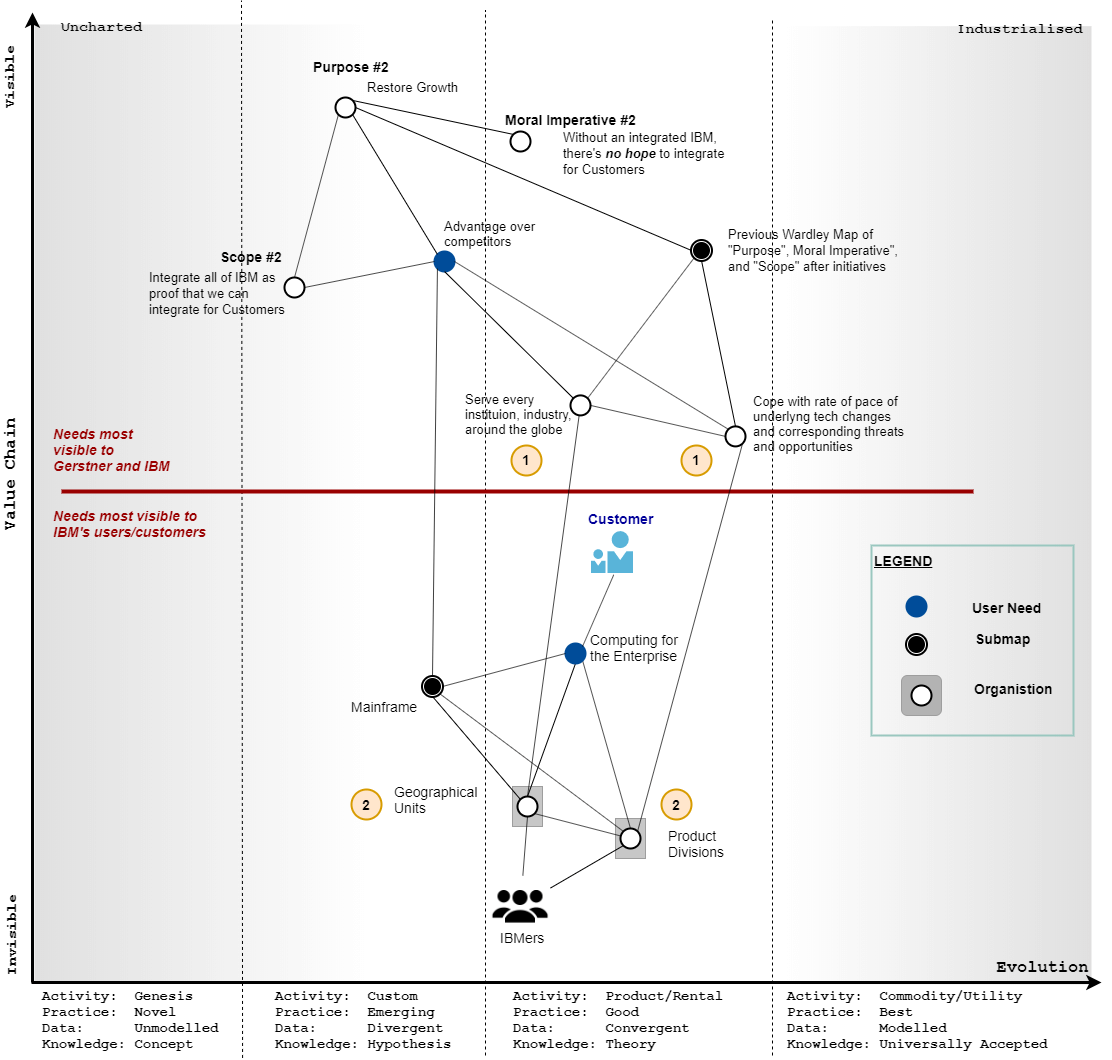 Figure 2: Source of IBM’s Organisation Structure (mid-1990s)
Figure 2: Source of IBM’s Organisation Structure (mid-1990s)
In Part 1, we saw how Gerstner’s initiatives had improved Doctrine. Carrying out his scope of “integrating IBM” improved Doctrine even more in this context.
Before we get to see what problems integrating IBM would solve, let’s map out what Gerstner had in mind.
What Gerstner had in mind
To see what Gerstner had in mind, it helps to have more maps as a backdrop. The usual disclaimer applies: where these components are placed is my “feel” of IBM in the 1990s. I haven’t mapped the industry at the same time period.
First, a map of a couple of basic business functions (“buying” and “marketing” ) that are relevant for this post.
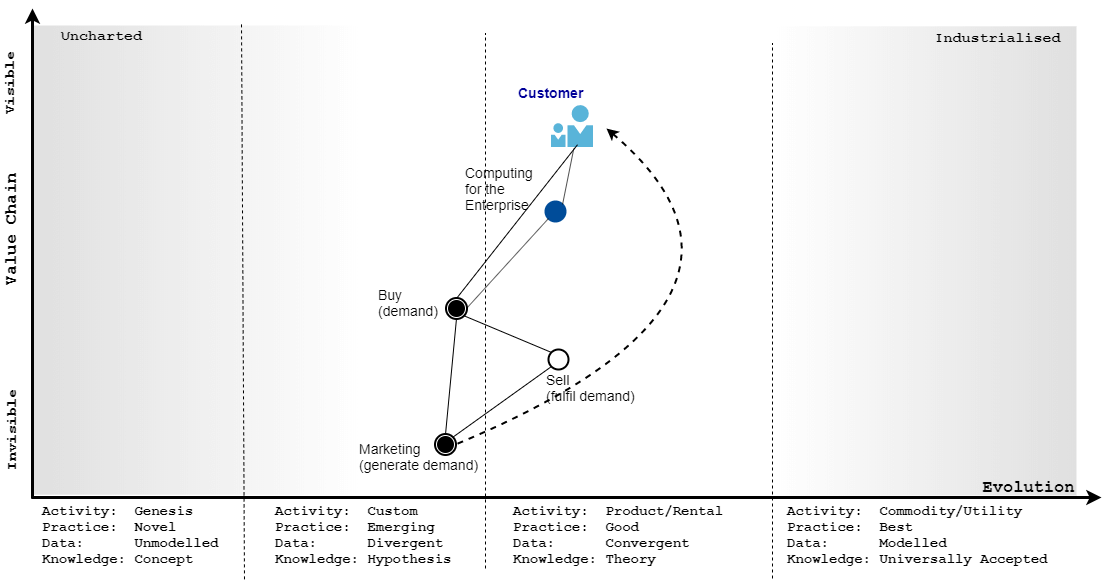 Figure 3: Map of business functions
Figure 3: Map of business functions
On the map are the following: the effect of marketing (#1) on the Customer – I mean, you can’t “buy” (#2) what you don’t know about (one of the goals of marketing #3) nor what’s being sold.
Yet, from the perspective of the organisation, the other two components depend on marketing.
Using the broadest definition, sales is about fulfilling the demand that marketing generates. When it’s done well, marketing is a multi-disciplinary function that involves market segmentation and analysis of both competitors and customer preferences, corporate and product brand management, advertising, and direct mail. That’s only a partial listing.
Gerstner Jr., Louis V. (p. 89)
One point to note is that I’ve “simplified/abstracted” these components to mean the processes, tools, and infrastructure of “buying” and “marketing.” I’ve left out their “job-to-be-done.” Seen through the lens of Social Practice Theory (SPT), I’m talking about the “material” while leaving out “meaning” and “competence.” [Chris McDermott](http://(https://twitter.com/chrisvmcd) and Marc Burgauer wrote about SPT and Wardley Maps (see Mapping Meaning and Mapping Maturity)
So the “meaning” of marketing, selling, buying are “universally accepted,” that is, in “Stage 4” of evolution. Yet the “material” (components) on my map are in Stage 2. Why? We’ll get into it later when we look at the Customer Journey.
At IBM, there was no explicit marketing function.
IBM was built on technology and sales. And, in IBM at that time, the term “marketing” really meant “sales”… When I arrived at IBM, marketing was not considered a distinct professional discipline, and it was not being managed as such.”
Gerstner Jr., Louis V. (p. 89)
So IBM’s map would look like this:
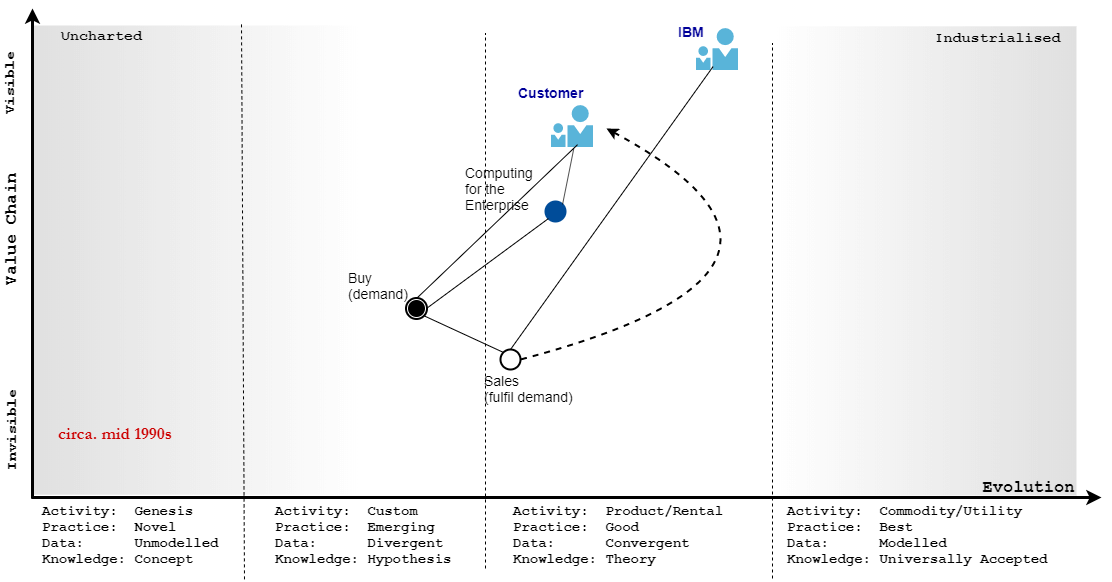 Figure 4: map of business functions at IBM
Figure 4: map of business functions at IBM
Submap: buy
Writing about his experience as an “enterprise customer” buying from IBM, Gerstner tells us,
I was always flabbergasted to find that when we [American Express] arrived in a new country (Malaysia or Singapore or Spain), we had to reestablish our credentials with the local IBM management. The fact that American Express was one of IBM’s largest customers in the United States bore no value to IBM management in other countries. We had to start over each time, and their focus was on their own country profit and loss, not on any sense of IBM’s global relationship with American Express. The same was true of products. Products used in the United States were not necessarily available in other parts of the world. It was enormously frustrating, but IBM seemed to be incapable of taking a global customer.”
Gerstner Jr., Louis V. (p. 85)
One way to visualise the above is through a Customer Journey. Let’s take that of a single Customer that’s in a single geographical location and using product A.
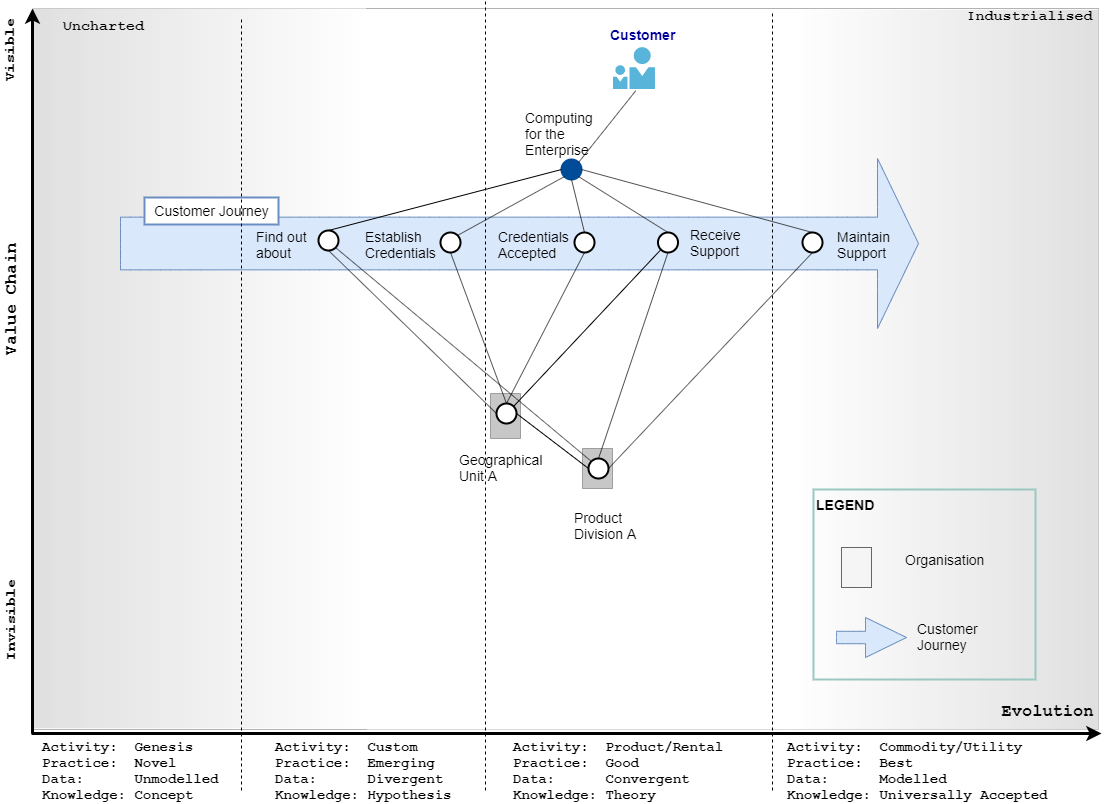 Figure 5: Customer Journey when buying from IBM in one region
Figure 5: Customer Journey when buying from IBM in one region
Let’s add the same Customer, but this time in another geography (represented by orange).
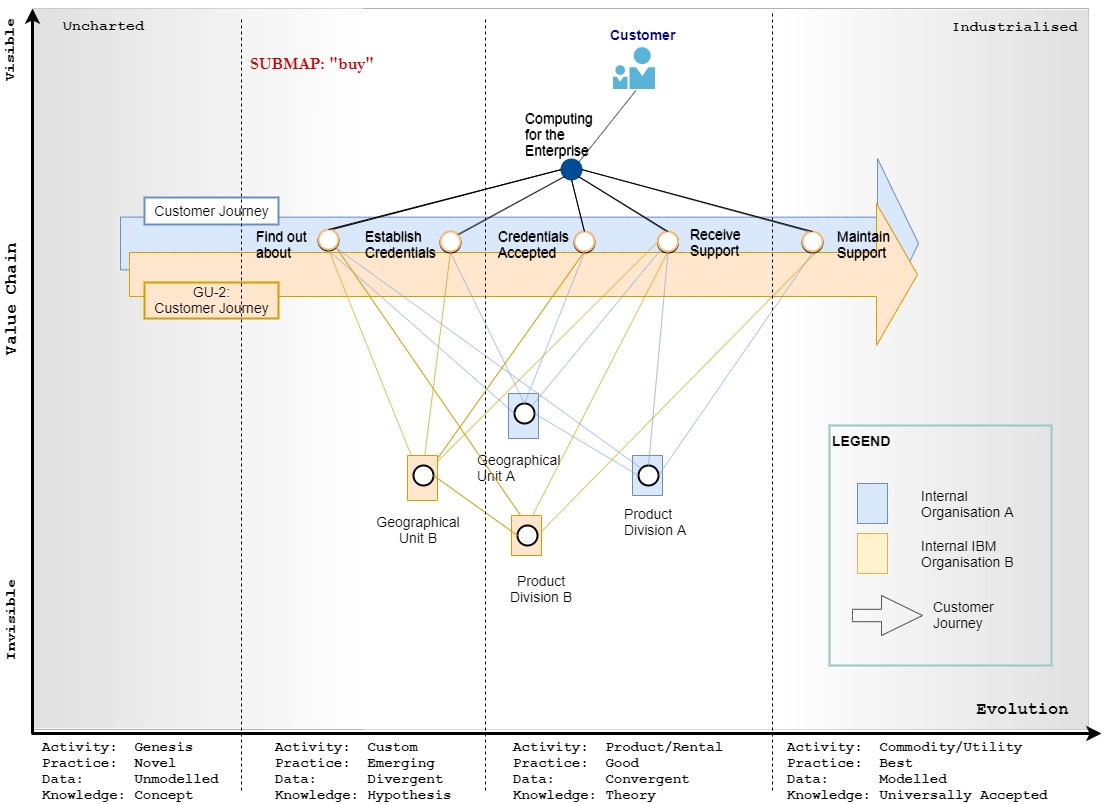 Figure 6: Customer Journey when buying from IBM in multiple regions
Figure 6: Customer Journey when buying from IBM in multiple regions
The same was true of products. Products used in the United States were not necessarily available in other parts of the world. It was enormously frustrating, but IBM seemed to be incapable of taking a global customer view or a technology view driven by customer requirements.
Gerstner Jr., Louis V. (p. 85)
Notice anything?
- The first thing that jumps out is – that’s a lot of lines between the Customer’s need and the organisation’s structure.
- The next is that two lines are missing: one between the Geographical Units; another between the Product Divisions.
The bigger an organisation becomes, the more danger of losing cohesion. Couple that to an extreme version of “Respect for the Individual,” and you have a result that I’ll let Gerstner express:
“I think the aspect of IBM’s culture that was the most remarkable to me was the ability of any individual, any team, any division to block agreement or action. “Respect for the individual” had devolved into a pervasive institutional support system for nonaction. . .
. . .
Think about it: At any level of the organization, even after a cross-unit team had labored mightily to come up with a companywide solution, if some executive felt that solution diminished his or her portion of the company—or ran counter to the executive’s view of the world—a nonconcur spanner was thrown into the works. The net effect was unconscionable delay in reaching key decisions; duplicate effort, as units continued to focus on their pet approaches; and bitter personal contention, as hours and hours of good work would be jeopardized or scuttled by lone dissenters. Years later I heard it described as a culture in which no one would say yes, but everyone could say no.”Gerstner Jr., Louis V. (pp. 192-193)
It’s like the combination of the worst bits that John Boyd pointed out in his “Patterns of Conflict,”
if you give everyone freedom to do what they want, there’s risk of no cohesion. On the other hand, if you restrict them (using top-down methods) then you destroy their drive to take initiative.
John Boyd, Patterns of Conflict
From the Gerstner’s descriptions, there was neither cohesion for the whole nor initiative at the individual level. Boyd mentions a way out of this, and that’s for everyone “to have a common outlook.”
This is what Doctrine is supposed to do. Simon Wardley always reminds us again and again not to implement PST (Pioneer-Settler-Planner) without getting Doctrine right. Otherwise, the above quote is what I imagine would happen.
Submap: Marketing
I haven’t made a map for marketing. Nevertheless, Gerstner gives us a picture:
IBM won numerous awards in the 1980s for its ingenious Charlie Chaplin commercials, which had introduced the IBM personal computer. By the early 1990s, however, the company’s advertising system had fallen into a state of chaos. As part of the drive toward decentralization, it seemed that every product manager in just about every part of the company was hiring his or her own advertising agency. IBM had more than seventy ad agencies in 1993, each working on its own, without any central coordination. It was like seventy tiny trumpets all tooting simultaneously for attention. A single issue of an industry trade magazine could have up to eighteen different IBM ads, with eighteen different designs, messages, and even logos.”
Gerstner Jr., Louis V. (p. 88)
Overview of the decisions and action
Let’s combine pieces of the different maps to get an overview of Gerstner’s actions.
First is the map of the scope and the corresponding decisions taken.
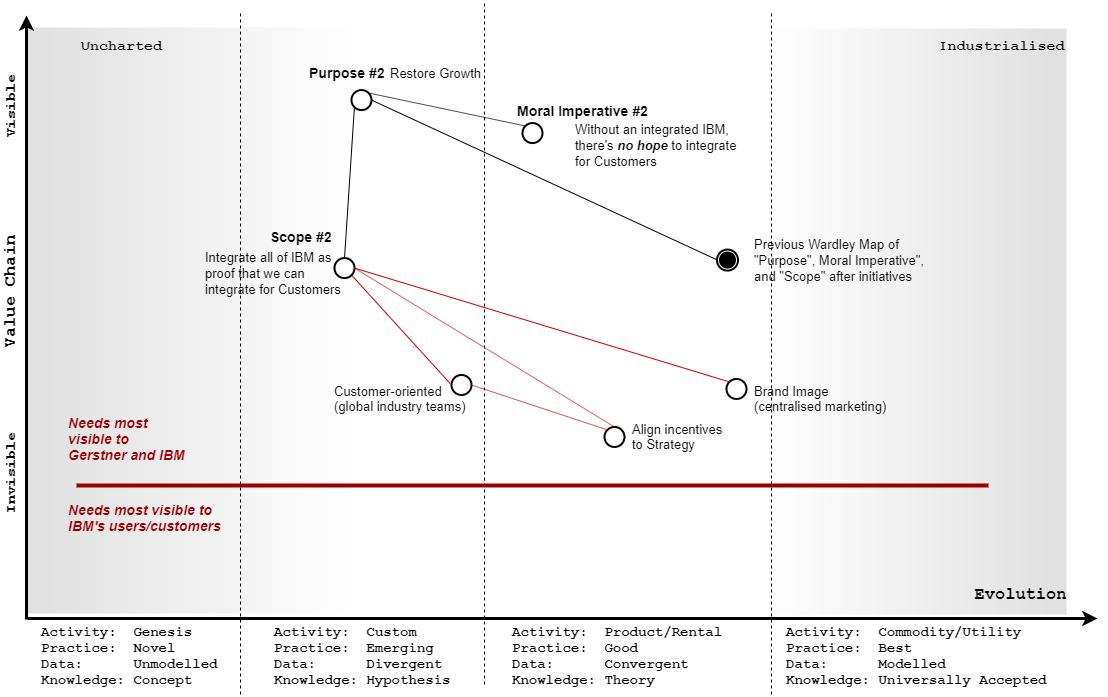 Figure 7: 3 Decisions that fulfil the new scope and purpose
Figure 7: 3 Decisions that fulfil the new scope and purpose
Next is the map where the Customer, buying, selling is involved.
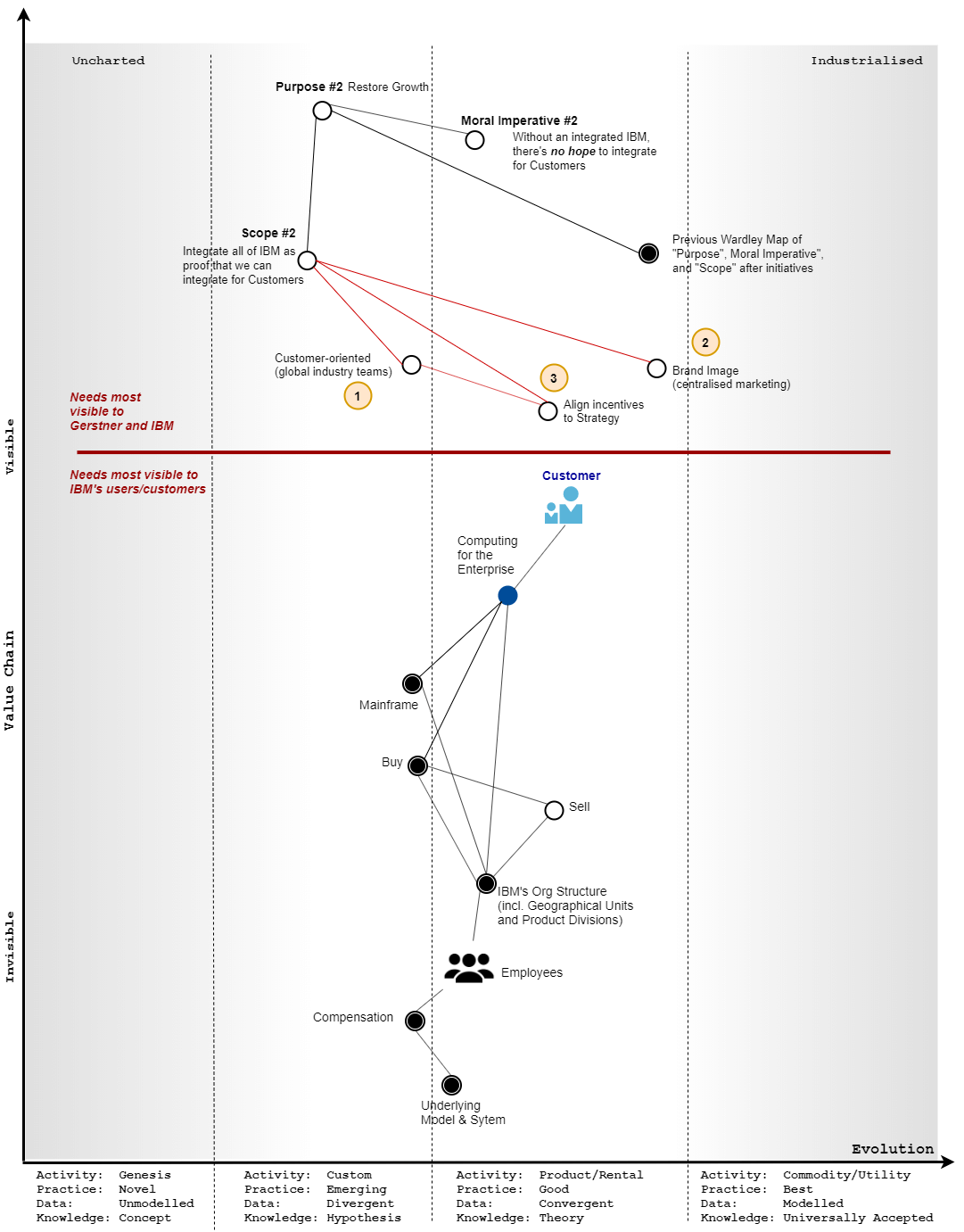 Figure 8: Decision and business functions
Figure 8: Decision and business functions
Next is the map that combines the decisions with the actions. Having made the decisions, carrying out these three actions took place at the same time.
- Reorganise the company around Global Industry groups that focus on the Customer.
- Centralise Marketing to preserve the brand image.
- Align incentives to the new Strategy by overhauling the Compensation scheme.
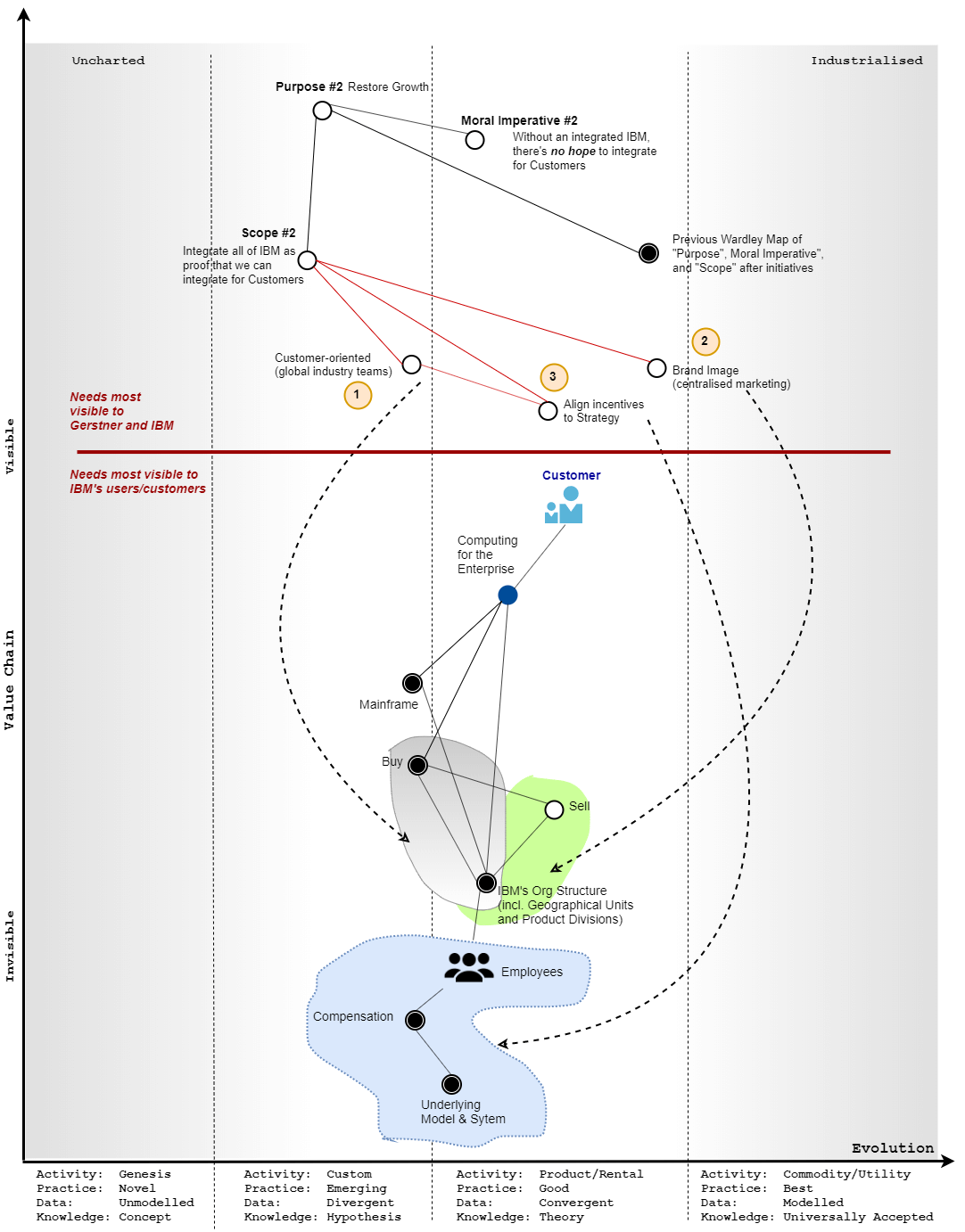 Figure 9: Gerstner’s 3 decisions and the affected components
Figure 9: Gerstner’s 3 decisions and the affected components
With this overview, we’re ready to look into more details.
Integrate IBM: Reorg around Customers
Gerstner tells us
It was a painful and sometimes tumultuous process to get the organization to embrace this new direction, but by mid-1995 we were ready to implement it. We broke our customer base into twelve groups: eleven industries (such as banking, government, insurance, distribution, and manufacturing) and a final category covering small- and medium-size businesses. We assigned all of the accounts to these industry groups and announced that the groups would be in charge of all budgets and personnel. The response from the country managers was swift and predictable: “It will never work.” And: “You will destroy the company!”
. . .
Although we implemented the new industry structure in mid-1995, it was never fully accepted until at least three years later. Regional heads clung to the old system, sometimes out of mutiny, but more often out of tradition. We needed to do a massive shift of resources, systems, and processes to make the new system work. Building an organizational plan was easy. It took three years of hard work to implement the plan, and implement it well.Gerstner Jr., Louis V. (pp. 86-87)
The corresponding map would look like this
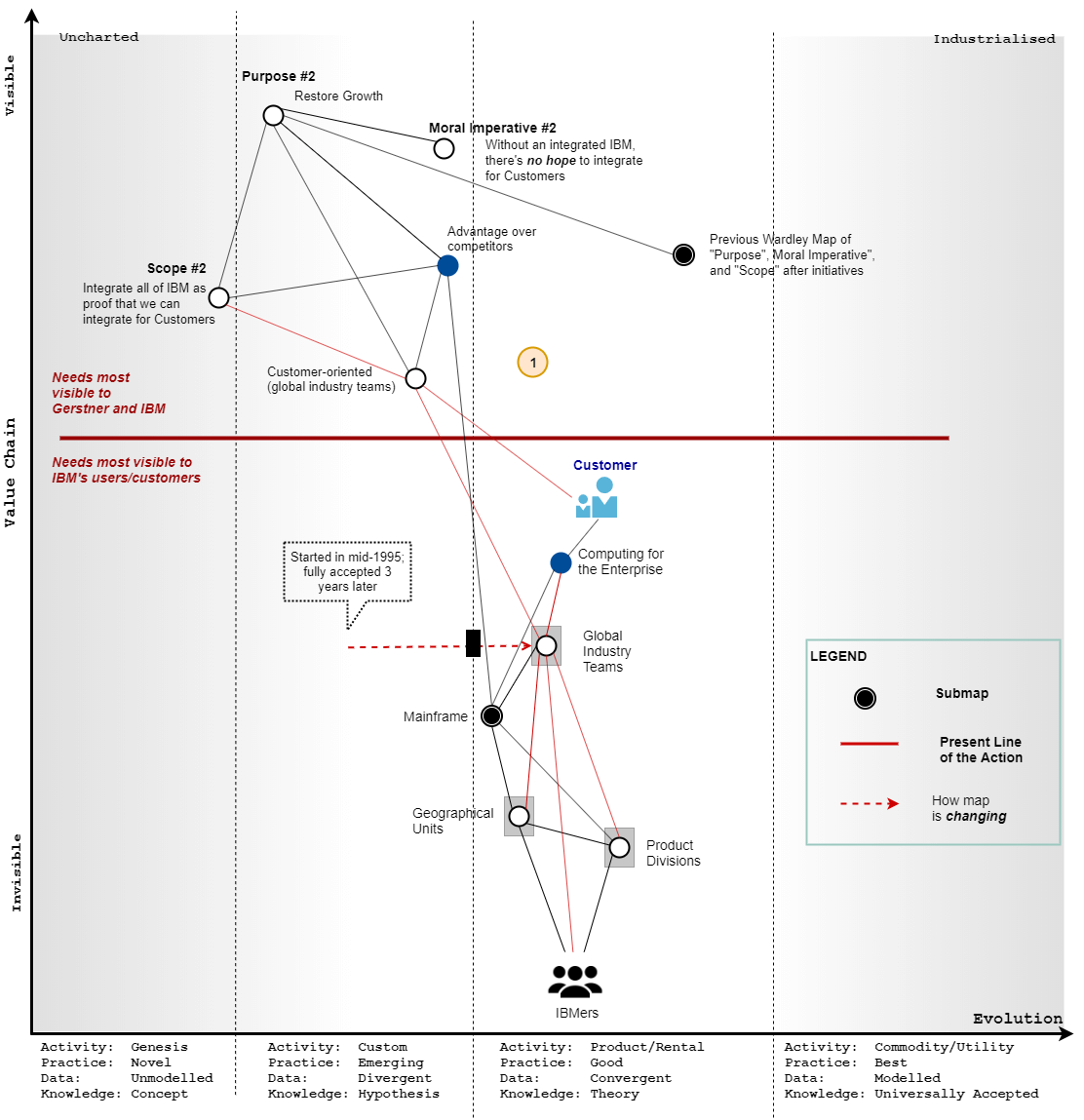 Figure 10: Global Industry groups introduced
Figure 10: Global Industry groups introduced
Improved Customer Journey
The Customers interact with one group/unit regardless of where they do business. They go through the journey once. After the relationship is established, they don’t have to go through it again. From IBM’s perspective, the geographical units respond to the needs of the Industry Groups and the product divisions build products is driven to fulfill Customer needs.
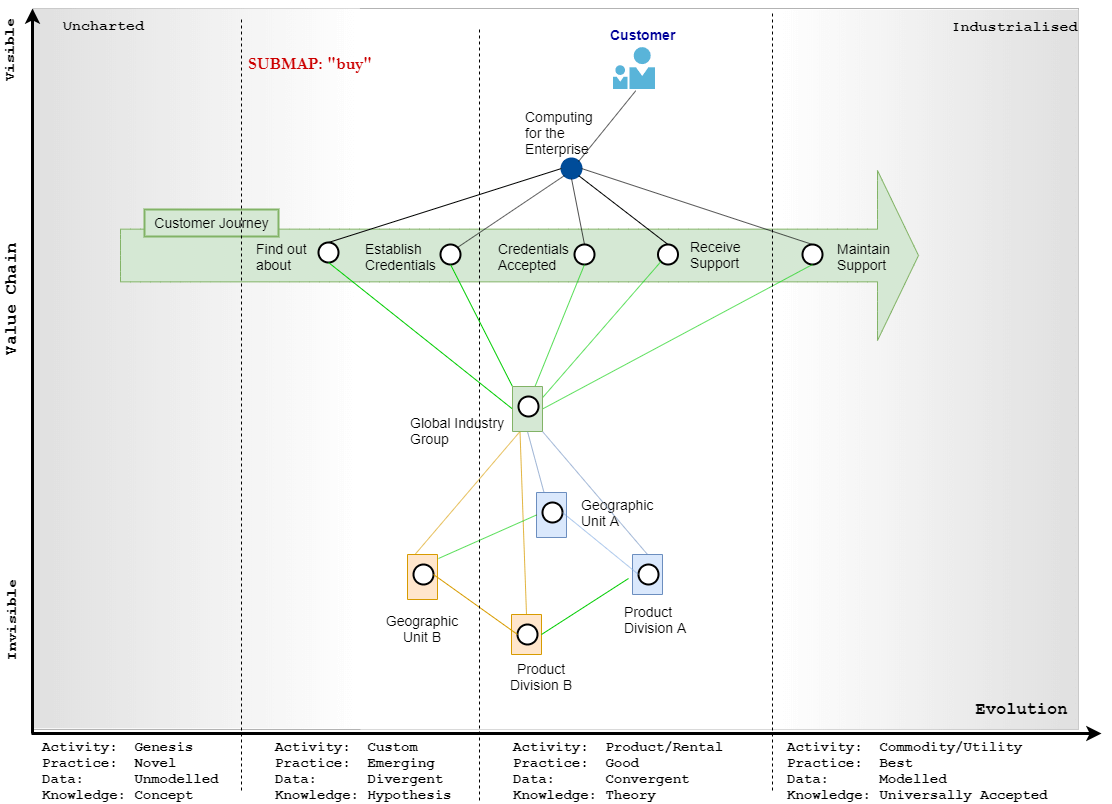 Figure 11: Improved Customer Journey when buying from multiple regions
Figure 11: Improved Customer Journey when buying from multiple regions
Integrate IBM: Centralise Marketing
As for creating the marketing department and a consistent message, I’ll not map the details but show the corresponding component.
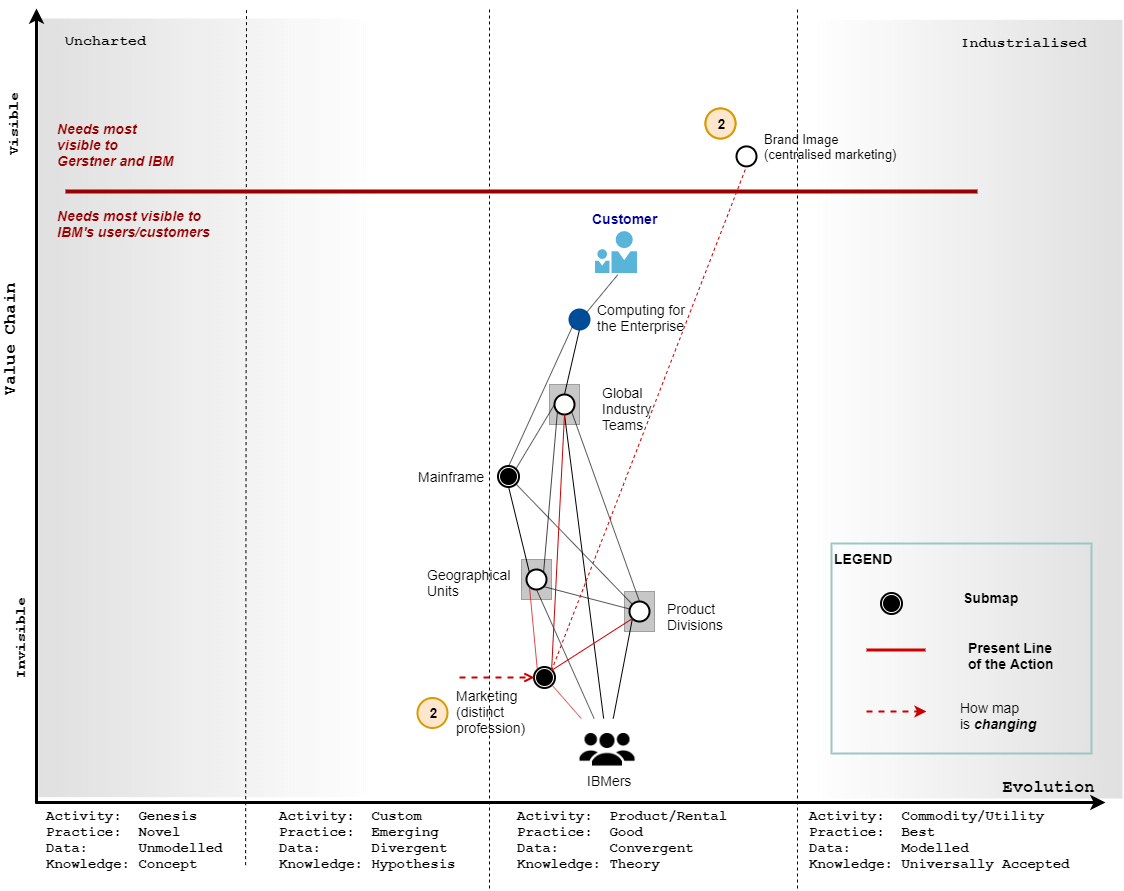 Figure 12: Marketing function separated from Sales and centralised
Figure 12: Marketing function separated from Sales and centralised
Gerstner describes the details:
In June 1993 I hired Abby Kohnstamm as the head of Corporate Marketing for IBM. . . There had never been a true head of marketing in IBM. Few people in the business units understood or accepted her role, and at first they tried to ignore her. IBM was built on technology and sales.
. . .
Abby knew she had to end the dissonance. We got there in stages because, while you can force anything down the throat of an organization, if people don’t buy into the logic, the change won’t stick. Stage one was weaning IBM executives off the luxury of having their own advertising budgets, their personal agencies, and the discretion to order up an ad anytime they wanted to do so.
. . .
Abby’s job was to get control of the spending and the messages.
. . .
Abby decided to consolidate all of IBM’s advertising relationships into a single agency—not just in the United States, but around the world. At the time, it was the largest advertising consolidation in history.
. . .
Abby had my complete support, but others were a tougher sell, both inside and outside the company. Many of the product and geographic units adopted a “this too shall pass” approach—up until the time when we centralized most of the advertising spending and the media buying and went to global contracts. The ad community itself was in absolute shock. Not only was this not done in the advertising world—but by stodgy, trouble-plagued IBM? (pp. 88-91)Gerstner Jr., Louis V. (p. 88-91)
Integrate IBM: Overhaul compensation model
When it comes to compensation, three things stood out to me.
One was this observation from Gerstner.
I’ve described in detail the changes made to the stock-option program principally because I wanted to underscore my belief that you can’t transform institutions if the incentive programs are not aligned with your new strategy. (p. 100).
Gerstner Jr., Louis V. (p. 100)
The second was that these incentives/compensation model contributed to keep everyone thinking as “one cohesive unit.” Recall what Boyd mentioned about cohesion.
The third was that the new compensation model based on external benchmarks contributed to the “outside-in” mindset that Gerstner was after. He writes,
“I needed my new colleagues to accept the fact that external forces—the stock market, competition, the changing demands of customers—had to drive our agenda, not the wishes and whims of our team.” (pp. 96-97)
Gerstner Jr., Louis V. (pp. 96-97)
The map would look like this:
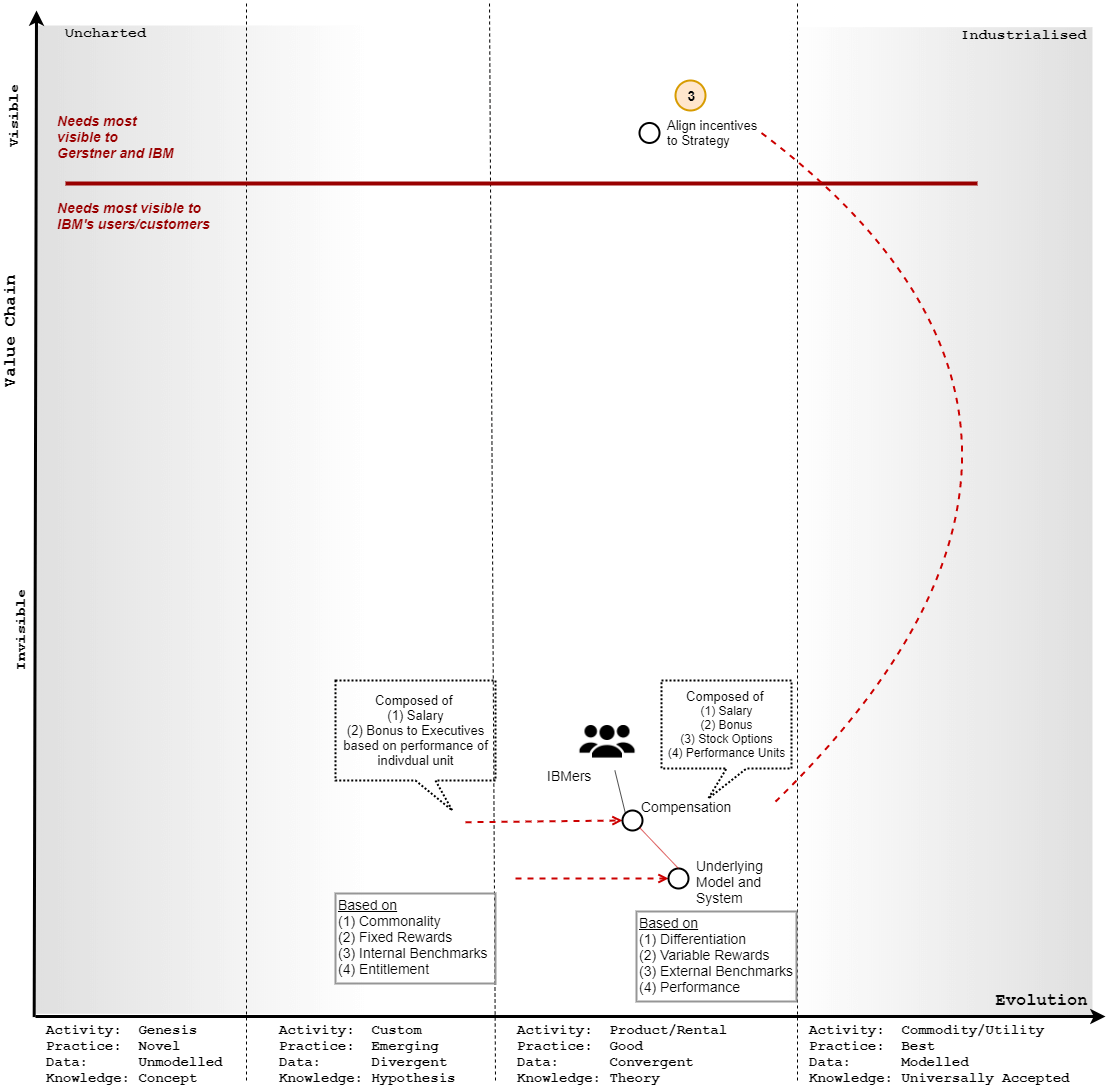 Figure 13: Overhauling compensation and the compensation model
Figure 13: Overhauling compensation and the compensation model
Speaking on differentiation, Gerstner writes,
Differentiate our overall pay based on the marketplace; differentiate our increases based on individual performance and pay in the marketplace; differentiate our bonuses based on business performance and individual contributions; and differentiate our stock-option awards based on the critical skills of the individual and our risk of loss to competition.
Gerstner Jr., Louis V. (pp. 95)
What’s striking to me is how he saw compensation that’s based on the “outside-in” goal he wanted, which acted also as a guard against losing people.
That reminded me of Netflix’s position of pay. The corresponding section in Netflix’s presentation slides (https://de.slideshare.net/reed2001/culture-1798664/96-Seven_Aspects_of_our_Culture) of their culture makes for interesting reading too.
Conclusion
Bringing all those components and actions together gives us the map below.
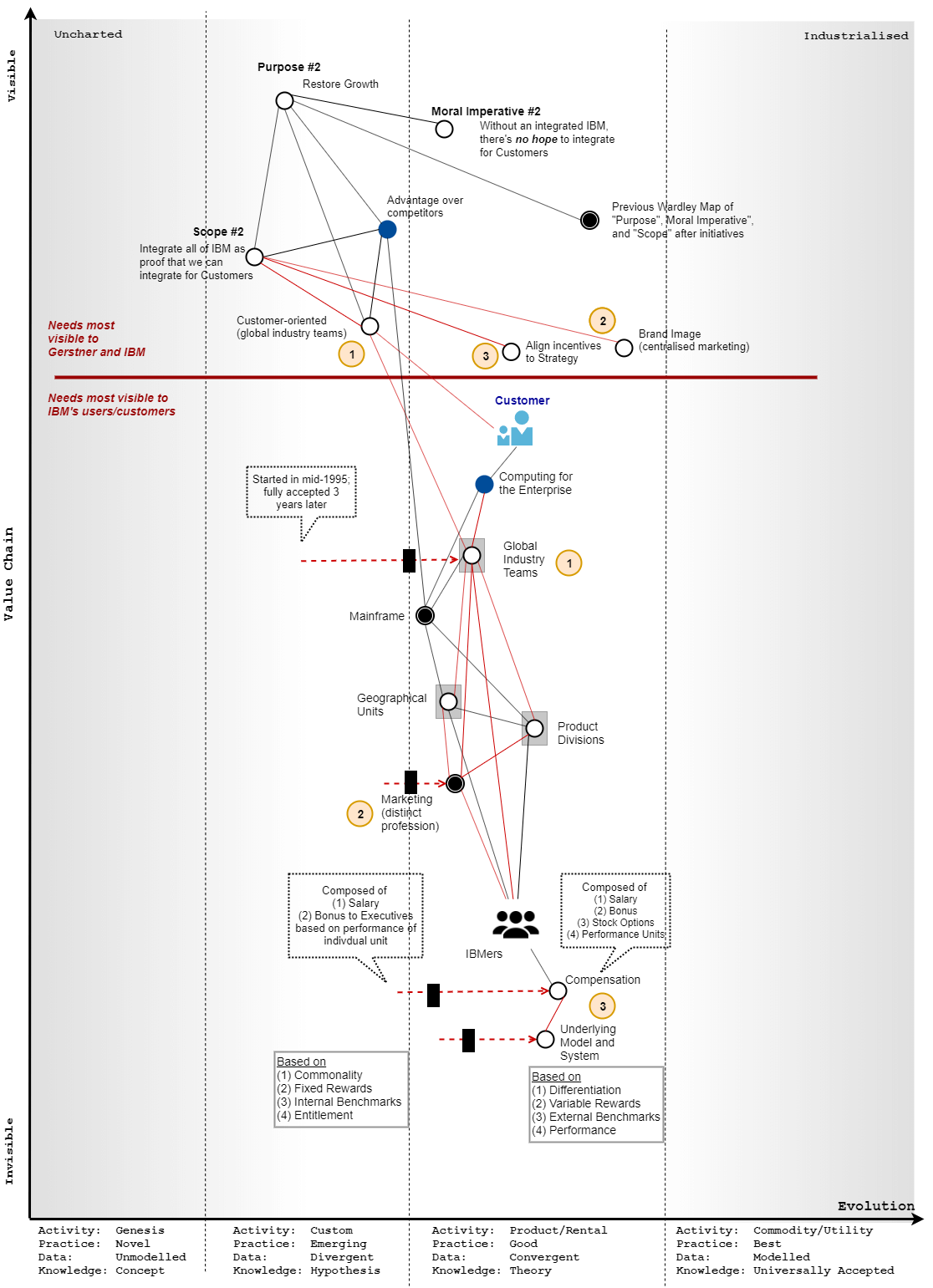 Figure 14: Map combining all components and the corresponding actions
Figure 14: Map combining all components and the corresponding actions
If I was to simplify this map, it would look like a map of the basic business functions overlaid with Gerstner’s actions.
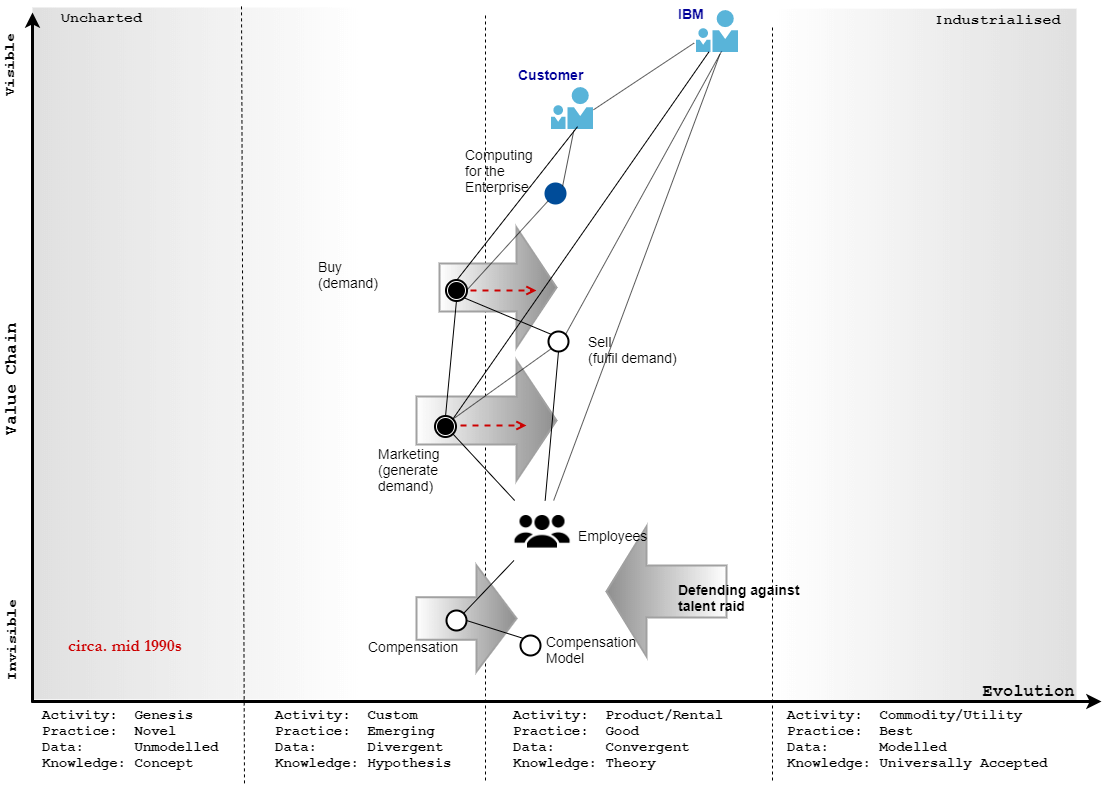 Figure 15: Business functions overlaid with actions
Figure 15: Business functions overlaid with actions
Looking at this from another perspective, the activities/practices/knowledge that Gerstner brought in were more evolved in the industry than internally. In so doing, he embodied the mantra of the initial steps in using Wardley Mapping, which is to “stop self-harm.”